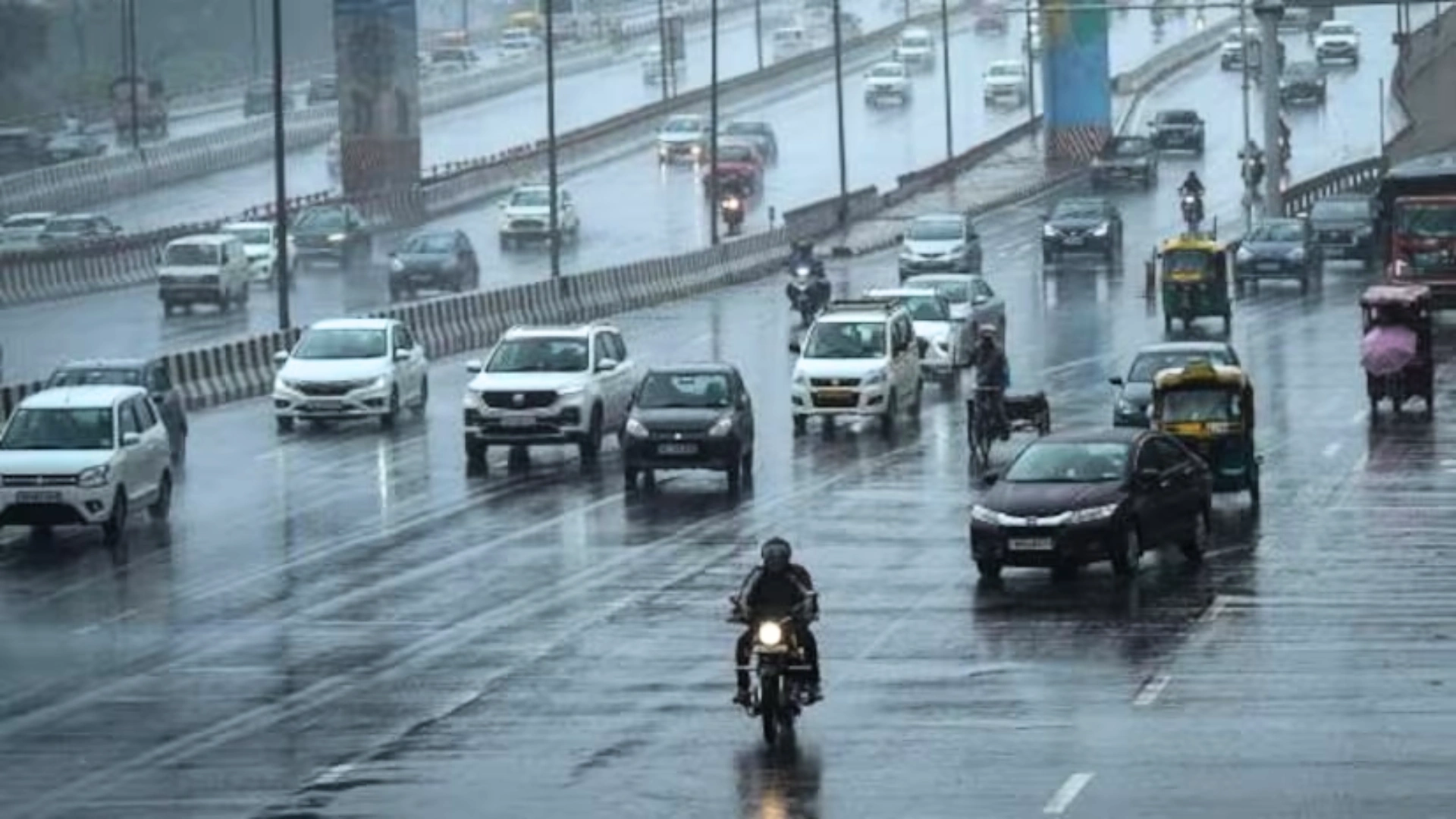Some 2,50,000 Israelis have been displaced by the war so far, and the Israel Defence Forces are working with local councils to care for devastated communities of traumatized people from the south, including children who have been orphaned and dispersed throughout 29 regional councils, according to a senior Israeli military official.
The official said that it took more than two weeks to identify some of the victims of the October 7 mass murder attack launched by Hamas death squads, including a mother burned to death in Kibbutz Kfar Aza after her home was burned down and her husband killed.
“Kfar Aza was a living place; no one locked the doors there, and bicycles were all over. Three days ago in Kfar Aza, we were examining a house that was totally burned. The husband was declared dead, and his wife was declared missing. We searched the house several times; nothing was found.
He added that a group of archaeologists were then brought to the home.
“In the reinforced room, there was a pile of ashes next to a wooden cabin; no one paid attention to it. But upon further inspection, a jaw was found among the ashes. It was her. The wife was then declared dead, more than two weeks after the attack,” the official recalled.
Temporary graves have been created in the south.
The level of evil unleashed on Israeli civilians is “beyond anything we imagined,” the official said.
“Sha’ar HaNegev Regional Council’s civilians are now divided into 29 regional councils around Israel. There is a need to take care of orphans who lost both parents. These people have been evacuated around the country,” he stated.
Founded in 1992, the Israel Defense Forces Home Front Command was established as a lesson of the 1991 Gulf War based on the realization that wars are changing and that missile attacks targeting the Israeli civilian population indiscriminately would become the new threat.
Should Hezbollah enter the war in a full-scale manner, it could fire some 1,000 projectiles at central Israel a day, and more than 10,000 a day at the north for a period of time, according to some assessments.
“We already face a very significant fire on our civilians like we’ve never seen before. On the other hand, I think we are now protecting the populated areas of Israel in a good way. The threat is significant,” said the source.
He cautioned against being deceived by the semi-routine on display in places like Tel Aviv, warning that the Iron Dome air-defence system is not hermetic and that the threat of terrorism in central Israel has not vanished either.
The IDF has been working for a lengthy period of time to secure factories and sites with hazardous materials.
The Home Front Command has also been working with Bedouin communities in the south to improve early warning and protection for them against rocket threats.
At present, Israel is divided into almost 2,000 alert areas. This precision prevents unnecessary evacuation to safe rooms–enabling more of the country to take part in keeping the economy going and caring for their basic needs.
“We had significant numbers of direct hits that we never had before on buildings in Israel during this war,” said the source. “These are unguided projectiles fired at cities, towns and villages. Hamas does not care where they hit.”
The Home Front Command has permanent liaison units in every local authority, training local council representatives during wartime and activating them during wars. It also divided the country into four guideline levels–red, signifying a restricted activity; orange, meaning limited activity; yellow for partial activity; and green, for full activity.
Nevertheless, many parents are fearful of sending their children to school in areas where schools are allowed to open.
So far, the average number of rockets fired per day at Israeli civilians during the “Operation Swords of Iron” war is more than 500–the highest of any past conflict. In the southern part of Ashkelon, rocket alerts go off every three hours.
The head of the Home Front Command’s Dan District, Colonel Hai Rekah, said a national centre of 300 hotels for those displaced by war is in action, including 100 hotels in central Israel.
“Many there are in mourning for their loved ones. Now what we are doing is placing many soldiers in the hotels to support these communities,” he said.
Meanwhile, the Command’s Family Casualty Center notifies people about the fate of their loved ones.
The Home Front Command opened a national centre to facilitate this, together with police and local authority representatives and has so far notified more than 800 families.
“Identifying the casualties was very hard. We have more than 100 families [left] to notify after finishing the identification process,” said Rekah.
He recalled being told by one family that their son was kidnapped, not killed and told to leave and then having to come back with a photograph to establish that he had indeed been killed. “I just showed the picture to the sister. She saw only the hand, and the bracelet and knew this was the brother. Only after that, they believed he had been killed,” he said.
He added grimly that “many families were killed totally, and the problem was of who to notify.”
As for the war in full force, ultimately, he said: “We are ready. The IDF is strong. Israel is strong. In the end, we are going to beat Hamas. Despite the fact that we are in complicated days, in the end we are going to win.”


















